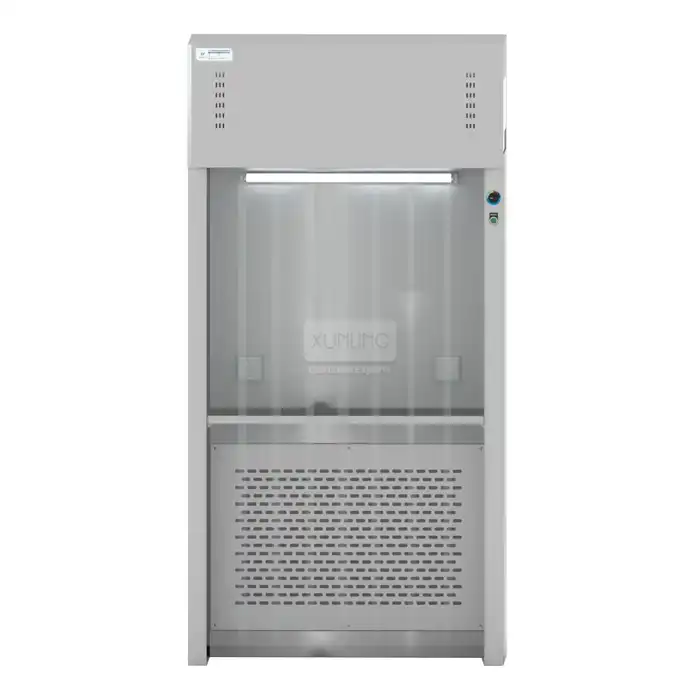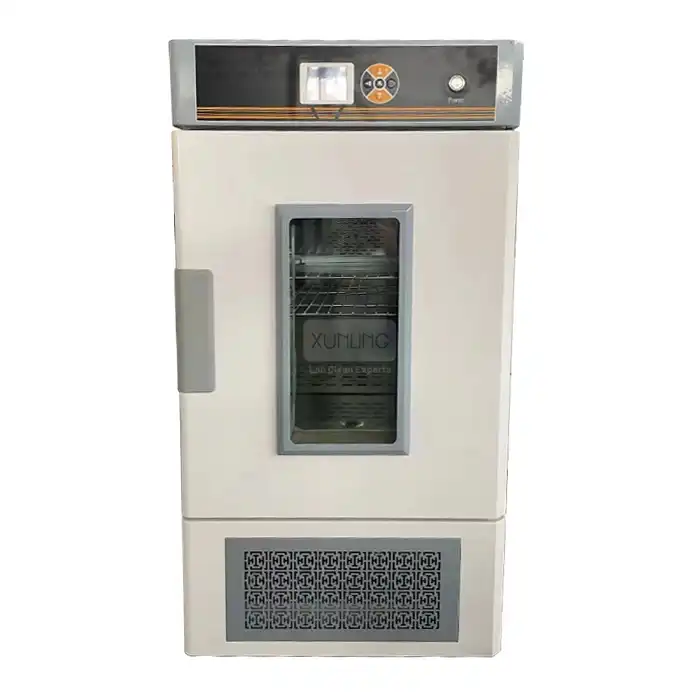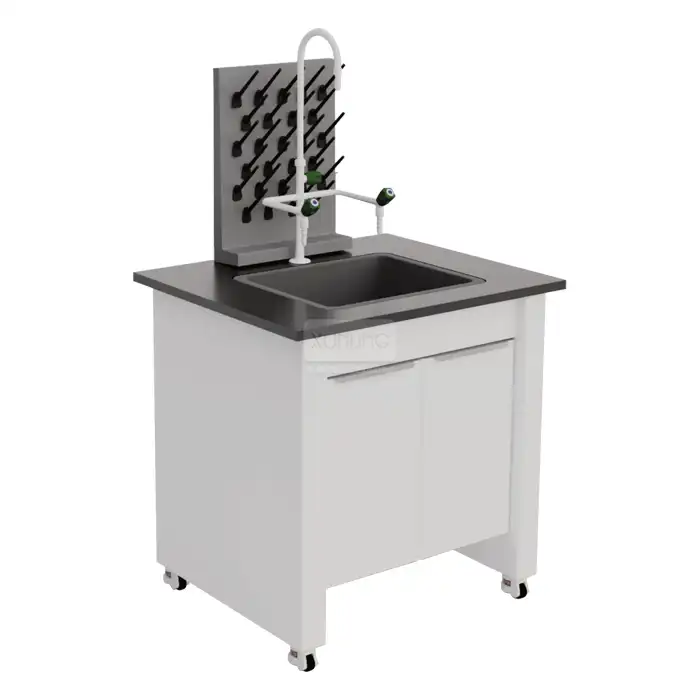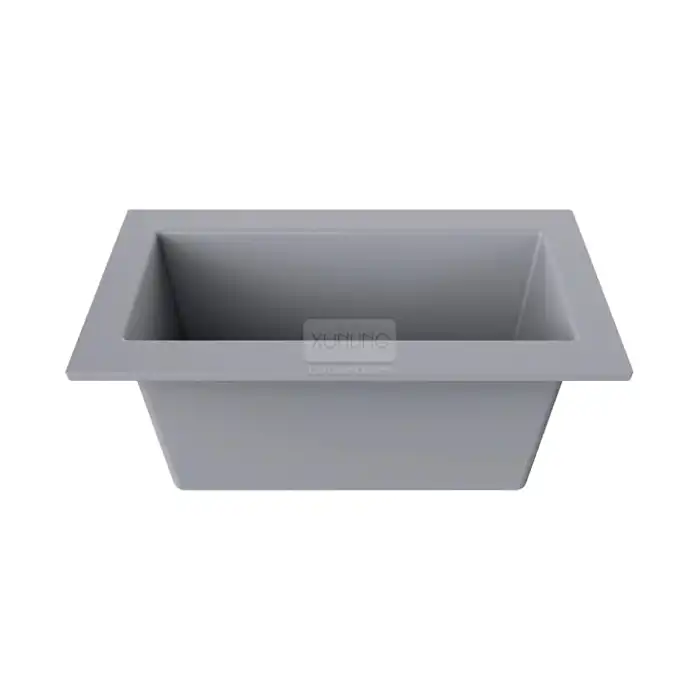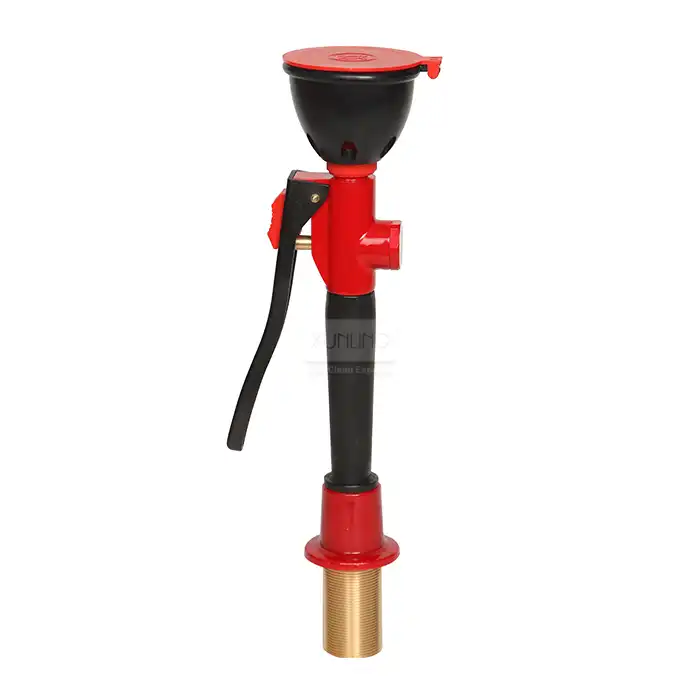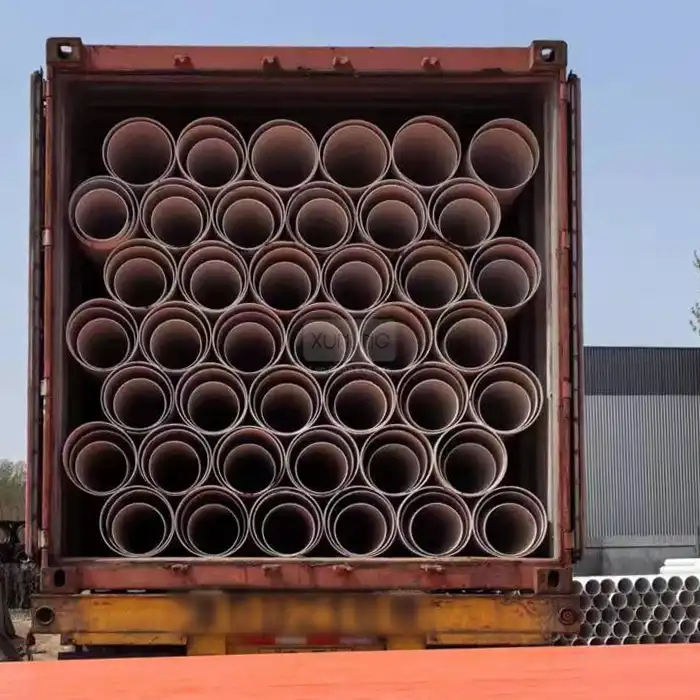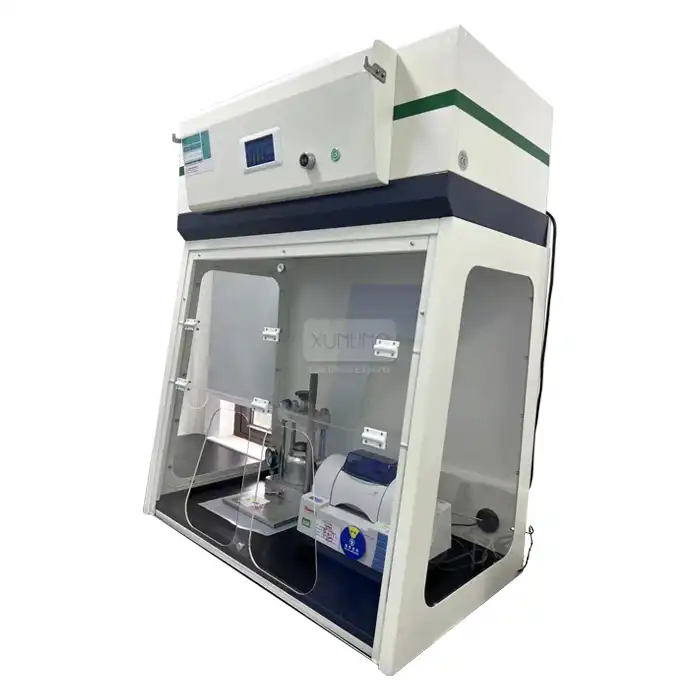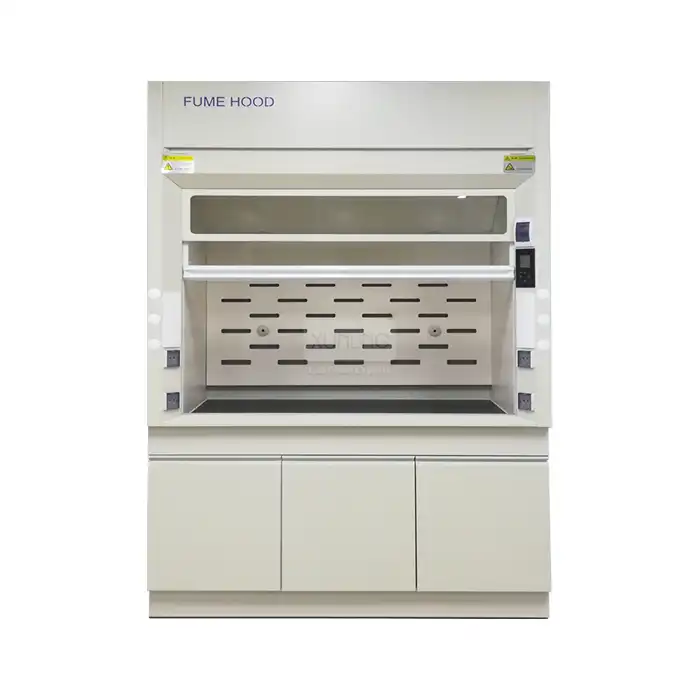
What's the right fume hood for your lab?
2024-11-23 10:26:48
The fume hood is an important safety staple in chemistry classrooms and research labs. Getting the most out of a fume hood begins with selecting the right one for your application. That means knowing precisely what type of work will be performed in the fume hood and making the choice between constant air volume and variable air volume, choosing between a ducted and a ductless fume hood, and selecting the appropriate material of construction.

Materials of construction
The fume hood must be compatible with the chemicals it will be exposed to. For example, those performing acid digestions will likely require a polypropylene fume hood or another material that is similarly corrosion resistant. Work with radioisotopes or perchloric acid typically requires a stainless-steel one. For those working with noncorrosive or moderately corrosive chemicals, galvanized steel fume hood is normally sufficient.

Ducted vs. Ductless
Labs should consider whether a ducted or a ductless fume hood is right for them. Traditional ducted fume hoods are required in certain situations: to accommodate heavy volumes of acids, such as an acid digestion process, when dealing with noble gases, or in cases in which an unknown quantity of evaporation is occurring in the hood. Though 90 percent of the chemistry performed in lab’s today can be done in filtered fume hoods, there is still a place for traditional ducted fume hoods.
On the other hand, users who are performing repetitive processes, such as those that arise in quality control, and know what volume of chemicals they will be using and at what temperature, would likely benefit from a ductless fume hood. Still, prior to selecting a fume hood, users should provide the manufacturer with a list of chemicals they plan to use in order to help figure out whether ducted or ductless is the right solution.
Even after a lab has decided on a ductless fume hood, there is still the question of what type of filtration will best serve their safety requirements. Some labs will need both HEPA filtration and molecular filtration. For example, forensic labs handling opioids and their analogs and performing analytical chemistry that involves hazardous chemicals to determine their potency and other properties. In this instance, a HEPA and molecular filter could be integrated into the filtration system to ensure proper safety.

CAV vs. VAV
Constant air volume (CAV) fume hoods exhaust the same amount of air regardless of the sash position, whereas variable air volume (VAV) systems vary the amount of air exhausted from the fume hood in response to the sash opening. For specialty applications like boiling acids, CAV is the best choice because lowering the air volume could allow heat to build up inside of the hood. Depending on the facility’s requirements, either a CAV or VAV fume hood could be used for general chemistry.
VAV is more beneficial for a ducted fume hood than a ductless fume hood. This is because for ducted fume hoods, you want to decrease the airflow rate that is being evacuated from the building. For filtered fume hoods, VAV is less useful because the conditioned air stays within the room.
In addition to these considerations, individuals selecting a fume hood for their labs should also research the capital, installation, and operational costs involved; warranties; and service and support offered by the manufacturer to ensure that they find the ideal system to fit their budgets and serve their safety needs.


